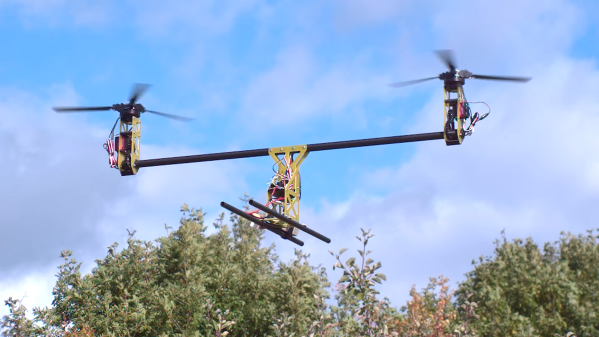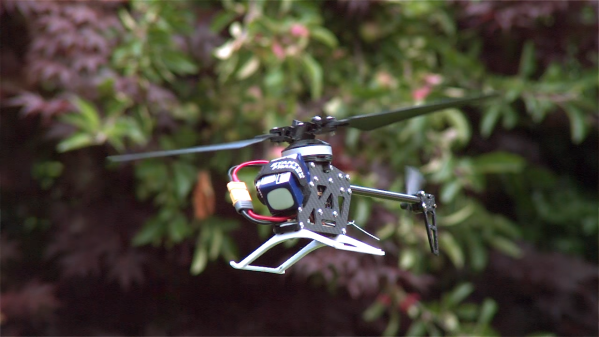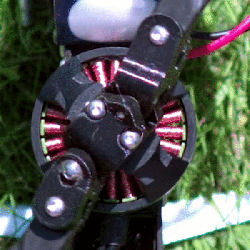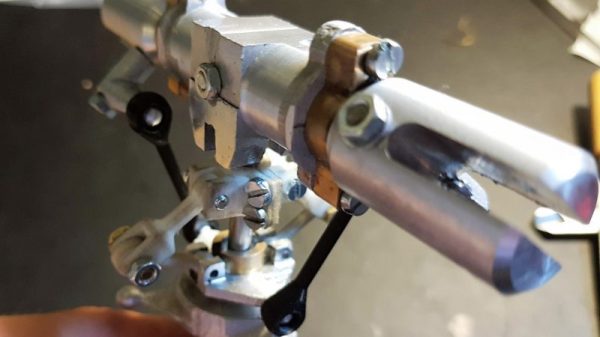The V-22 Osprey is an aircraft like no other. The tiltrotor multirole military aircraft makes an impression wherever it goes; coincidentally, a flight of two of these beasts flew directly overhead yesterday and made a noise unlike anything we’ve ever heard before. It’s a complex aircraft that pushes the engineering envelope, so naturally [Tom Stanton] decided to build a flight-control accurate RC model of the Osprey for himself.
Sharp-eyed readers will no doubt note that [Tom] built an Osprey-like VTOL model recently to explore the basics of tiltrotor design. But his goal with this build is to go beyond the basics by replicating some of the control complexity of a full-scale Osprey, without breaking the bank. Instead of building or buying real swash plates to control the collective and cyclic pitch of the rotors, [Tom] used his “virtual swashplate” technique, which uses angled hinges and rapid changes in the angular momentum of the motors to achieve blade pitch control. The interesting part is that the same mechanism worked after adding a third blade to each rotor, to mimic the Osprey’s blades — we’d have thought this would throw the whole thing off balance. True, there were some resonance issues with the airframe, but [Tom] was able to overcome them and achieve something close to stable flight.
The video below is only the first part of his build series, but we suspect contains most of the interesting engineering bits. Still, we’re looking forward to seeing how the control mechanism evolves as the design process continues.















